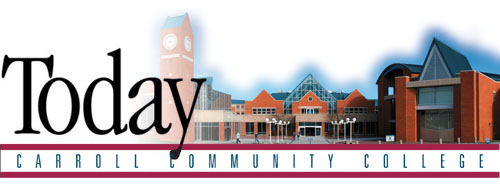|
As part of its commitment to ongoing assessment,
the college surveyed 51 open-enrollment continuing education classes
during March and April, 2001. A total of 300 continuing education
students completed the survey, representing 59 percent of the students
who were enrolled during the study period. Women constituted 72
percent of the respondents. Nearly three-fourths of the respondents
were age 40 or older, with seniors age 60 and above making up a
third of the total sample responding. Over half had taken more than
one continuing education course at the college. Major findings of
the study included:
- A fourth of the students had no prior college experience, while
37 percent had a bachelor’s or higher degree.
- Fifty-eight percent were employed, and 31 percent retired. Fifteen
percent of the employed respondents were seeking to change careers.
- Most students (7 in 10) learned about the course from the class
schedules mailed to their home.
- Personal interest and self-improvement motivated half the students
to attend. Twenty percent enrolled for job-related reasons.
- Twenty percent of the respondents seriously considered attending
another course provider, primarily neighboring community colleges.
- Carroll was chosen because of its location, program or course
offerings, and convenient schedule.
- Three-fourths of the students paid for their courses out of
personal or family resources. Fourteen percent used credit cards
or loans. Employers paid the course cost for 12 percent.
- While 80 percent have Internet access, only 31 percent expressed
interest in online courses.
- Students were overwhelmingly satisfied with the instruction
they received, with faculty praised for the quality of their teaching,
their attitude toward students, and their availability and helpfulness.
- Most college services were highly rated by the respondents,
with only the prices of books generating much dissatisfaction.
All in all, the noncredit students expressed great
satisfaction with their courses and the college. Similar surveys
of contract training students and degree-credit students will be
conducted later this year.
|
